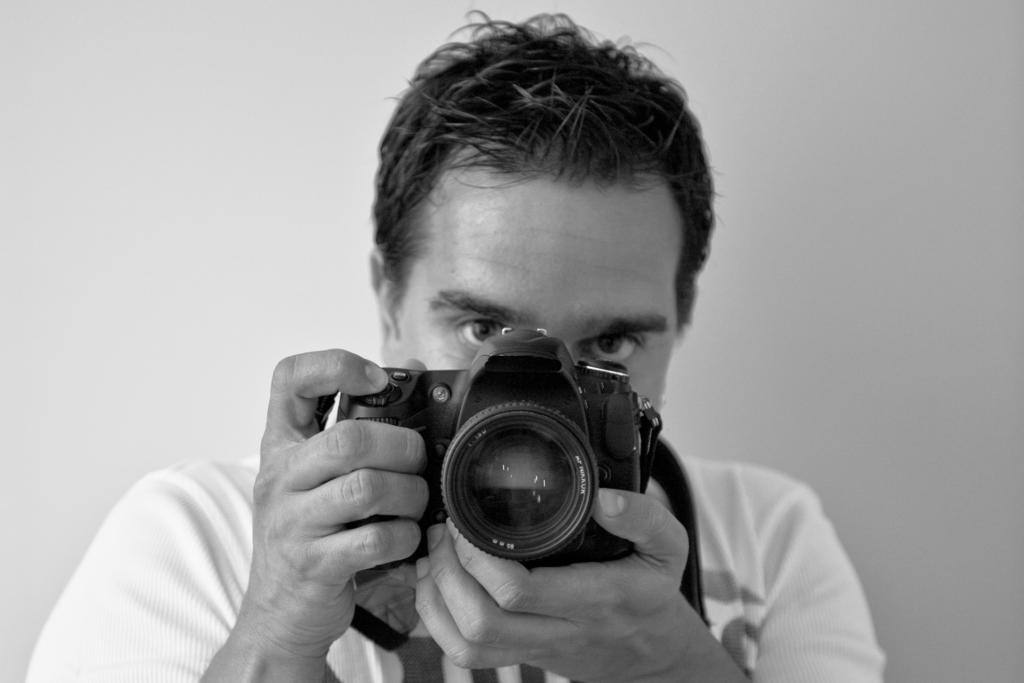 A documentary photographer is a visual storyteller, a person able to find stories and documenting thanks to the camera. It is clear that for a photojournalist becomes fundamental a certain sensitivity and a genuine interest in people and their lives. Fabio Moscatelli, Roman photographer, winner of several international awards including those from National Geographic and the Moscow International Pictures in 2014, has also exhibited at the MACRO in Rome. We talked to Fabio of his experience as a photographer, about his stories at kilometer zero as he likes to call them, of his relationship with the city.
A documentary photographer is a visual storyteller, a person able to find stories and documenting thanks to the camera. It is clear that for a photojournalist becomes fundamental a certain sensitivity and a genuine interest in people and their lives. Fabio Moscatelli, Roman photographer, winner of several international awards including those from National Geographic and the Moscow International Pictures in 2014, has also exhibited at the MACRO in Rome. We talked to Fabio of his experience as a photographer, about his stories at kilometer zero as he likes to call them, of his relationship with the city.
When Fabio Moscatelli realizes to be a photographer? There was an event in particular in which you realized that you could be only a photographer?
It ‘s very difficult to indicate a precise moment. I think it was a slow, inexorable grip of awareness of what I wanted to do as a photographer. I realized that I did have on my hands, but especially on the head, an important and powerful tool for understanding and awareness, to understand and discovering.
If I had to point out the crucial moment of my ‘breakthrough’, I would say the one experienced during the making of No Man’s Land, a project on the former Embassy of Somalia in the heart of Rome, became a refuge for those guys who were escaped from a civil war twenty years. I came home deeply moved and excited for what I lived, even before for what I was photographing.
Fortunately certain emotions not have left me …
You are specialized in photography and social documentary. What are your thoughts on documentary photography today? What are the positive aspects of photojournalism today, and what negative, admitted that for you there are?
The question comes in these days in which, as every year, there are discussions and controversy about the winners of World Press Photo. I often hear to say that photojournalism is dead: I personally believe that it is simply evolved, whether positive or negative is not to me saying. But I can say that I see pictures too violent, with a very strong presence of blood. In the last century all this had not happened, or rather, perhaps there was not need and things were told differently. But the market dictates the rules and often the photographer is forced to adapt in order to sell their works.
Today we are daily ‘bombarded’ by a certain type of images, many have become accustomed and almost we are not surprised anymore. But we still need of photography to feel us outraged; the newspapers all around the world publish the photo of the little Aylan, the child refugee who died on a Turkish beach, and they wake up consciences. Now, I will not give my opinion on that photo in particular, but if this has generated such a powerful emotional effect, so then something positive photojournalism still manages to express it, despite its deep contradictions.
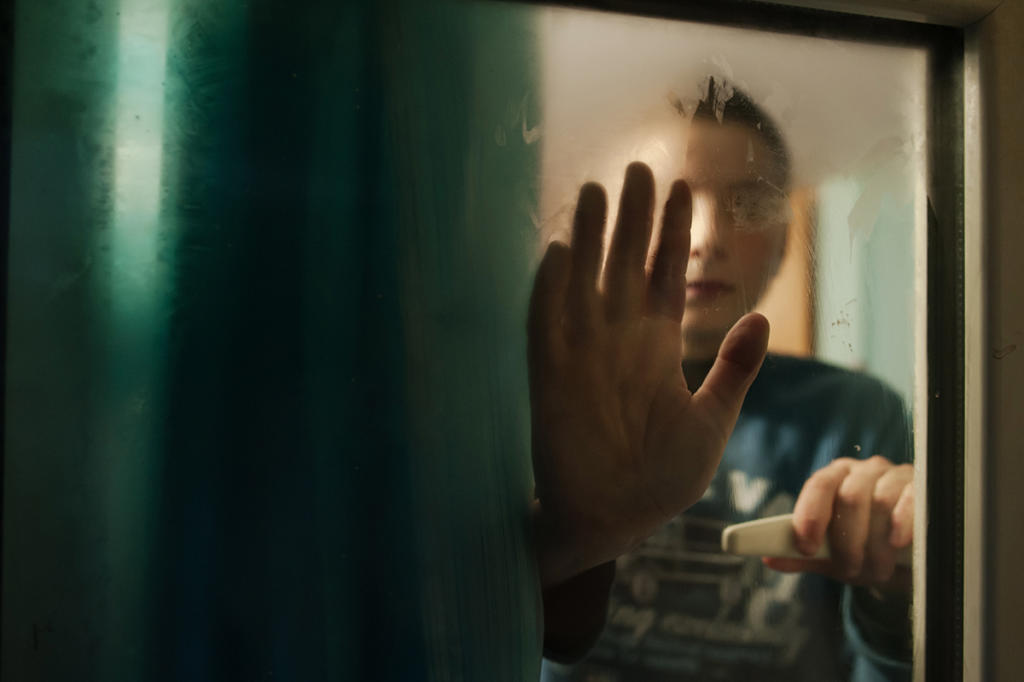 Going on your website you will be screened in a photographic dimension in which the words are very significant: the texts accompanying the images very effectively. Do you feel to share the thoughts of Ferdinando Scianna who claims that his photography has a close relationship with words?
Going on your website you will be screened in a photographic dimension in which the words are very significant: the texts accompanying the images very effectively. Do you feel to share the thoughts of Ferdinando Scianna who claims that his photography has a close relationship with words?
Extremely delicate question, a dilemma that I still can not give a precise answer. A photograph should be expressed in an “absolute” way, when they need a caption probably is not working by itself. On the other hand, at least for projects, I think a synopsis is necessary: not a fully explanatory text of the work, but a few lines that will help the viewer to project and immerging himself in the work of the photographer.
The photograph is an image with a narrative potential: to be able to ‘speak’, otherwise it risks becoming an accompaniment to a text. Without detracting from the Master Scianna, I think he expresses an opinion closely related with his photography, to the point to call himself a ‘photographer who writes’.
This magazine is mainly dedicated to the things of Rome. I would ask you, as a photographer born and based in Rome where your being a Roman, in some way, affect your vision and your approach as a photographer …
I am very attentive to the stories that my city offers, and there are so many! Sometimes we can see them, but we are not able to seize them; precisely for this reason lately I’m focusing a lot about Rome, trying to achieve real projects at “kilometer zero” Not everyone has the opportunity to tell stories from the other side of the world, but if you have the urge to do so, just look around. In these day my project The Right Place is exposed to Macro, in which I tell the everyday story of an elederly couple forced, for various reasons, to live in a camper van in the suburbs of Rome, just at 5 minutes from where I live. Despite its almost irreversible crisis I love my city and in my photos I try to give her a sense of great humanity that, despite everything, has never lost.
Are you currently working on any project? Want to talk about with the friends Of Rome Central?
I am currently busy with the promotion of my book “Gioele Quaderno del Tempo Libero”, my first self publishing that is giving me so much satisfaction. Joel is an autistic child, starring and co-author of the book along with me; He also photographed, giving me his personal vision of what surrounds him, embellishing the book with his drawings and descriptions of fantastic animals, worthy of the best Tolkien.
Even his is part of “kilometer zero” stories mentioned before. We built this little miracle together and consider it only the first volume of a long story. I hope I can tell Joel and to tell himself his teenage years. I don’t have in mind clearly a conclusion, but it would be nice, and especially interesting to follow the evolution of this child so special in a little man, who already I know, will be just as special.
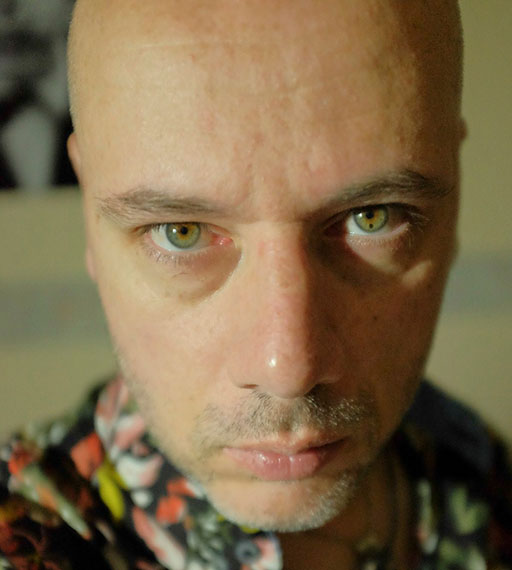
Born in Rome (Italy), Alex Coghe is a photojournalist, publisher, writer and street photographer, currently based in Mexico. He started taking photographs at age 10, with cheap point & shoots, photographing urban landscapes, but his inclination was for documentary and social photography and started in 2009 to get serious thanks to street photography. Since 2010 he moved to Mexico where he began photographing a new and surreal world in Mexico City, but always through a documentary eye. In those years he collaborated with several newspapers, online magazines and agencies. Some articles from politics to culture were published for La Stampa, Il Giornale, and he was correspondent from Mexico for Prisma News and L’Indro.
In 2011 he participated to the photography show You Are Here, a competition/exhibition in Los Angeles, California, an event sponsored by Leica. Exactly from that experience he start a collaboration with Leica Camera AG for The Leica Camera Blog, interviewing worldwide photographers. In 2013 he worked on assignment for Leica Camera AG, realizing the documentary project “People of Chapultepec” published worldwide in the Leica X brochure. All over these years he has worked for prestigious clients like Samsung, Burberry and at the same time coming to realize an important experience in social photography for Basilica de Guadalupe thanks to the work on assignment dedicated to Villa Mujeres, a home hosting people abandoned in the streets.
He has published among others on Lens Culture, Witness Journal, Il Messaggero, Doc!, Photowoa, The Phoblographer, Cuartoscuro, and Excelsior. His work so far was exhibited in several collective shows from Los Angeles to Miami, from Barcelona to Hamburg arriving to exhibit his work also in a theater in Rome.
As a commercial photographer he is specialized in editorial photography, fashion, erotic and portrait photography, working with several models and clients. As a publisher Alex Coghe is currently editor of the electronic magazines THE STREET PHOTOGRAPHER NOTEBOOK and Louÿs. Alex is writer (with many books published about photography technique) and photographer, because he thinks that currently both pathways are closely related. He loves the streets and people: the contact with people is something he loves of his profession. He is also giving photography workshops and photo tours in Mexico and all over the world, thanks to the fact he speaks 3 languages: Italian, English and Spanish. For Alex Coghe, photography is a creative act that goes beyond a simple click.
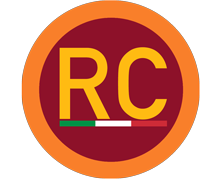
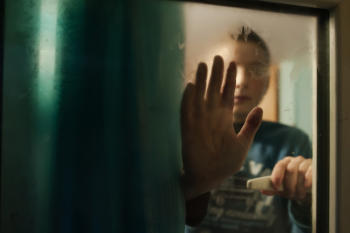
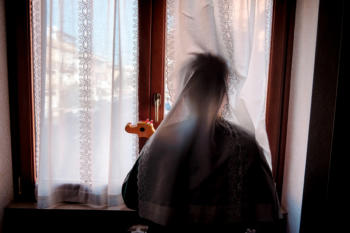
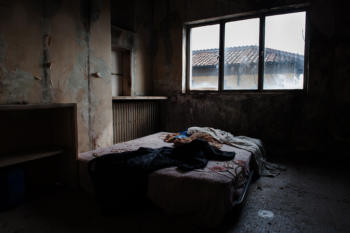
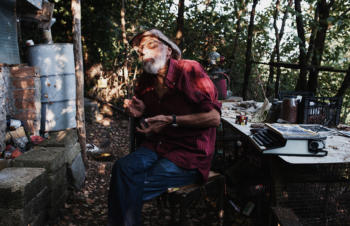
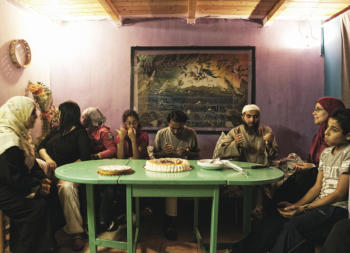
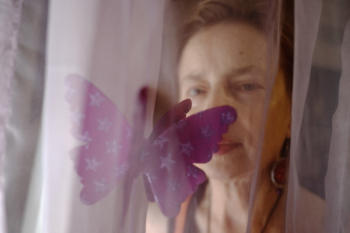
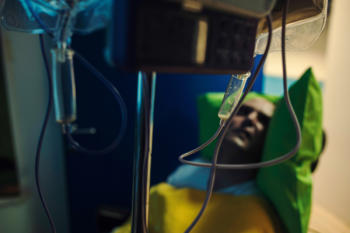
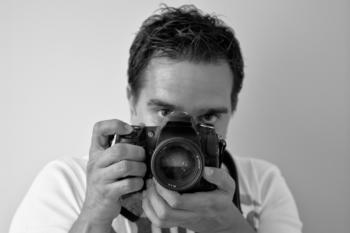
https://t.co/daw5wfu392 Ecco, finalmente il mio primo pezzo che… https://t.co/OTC7JPHm1z